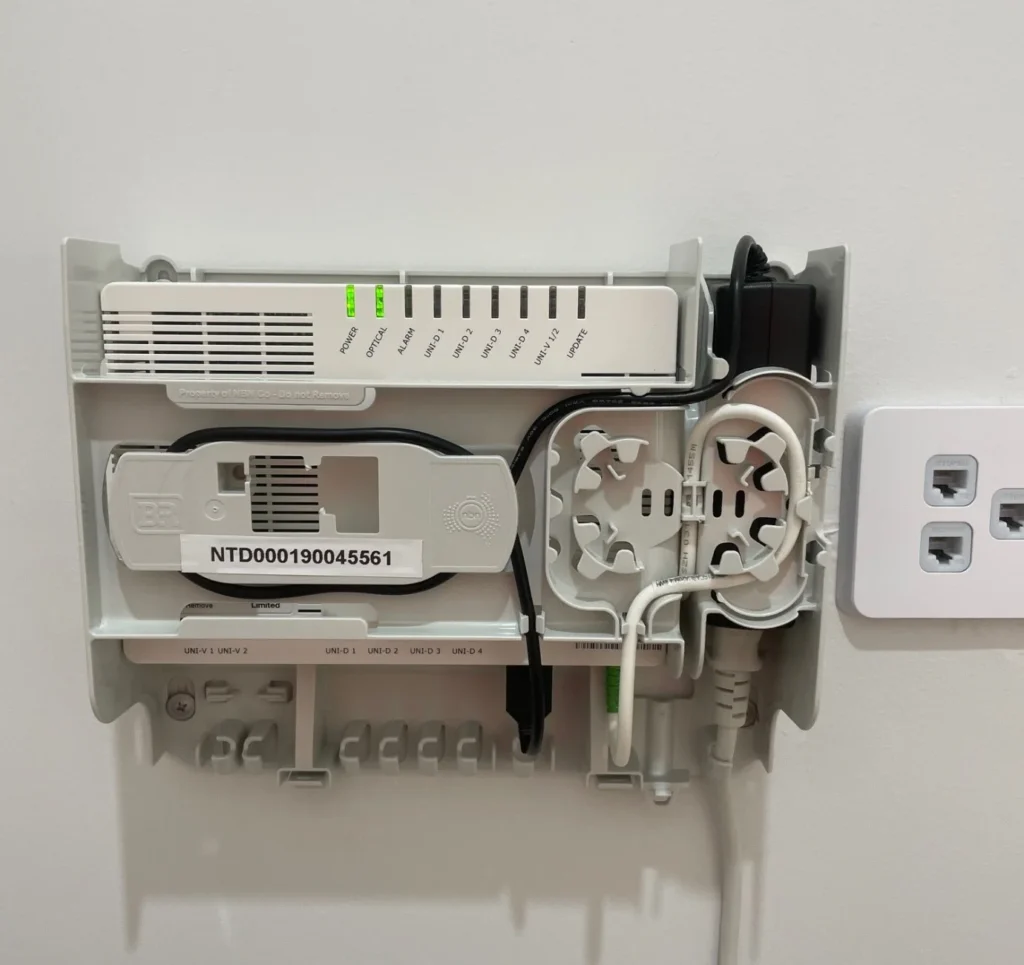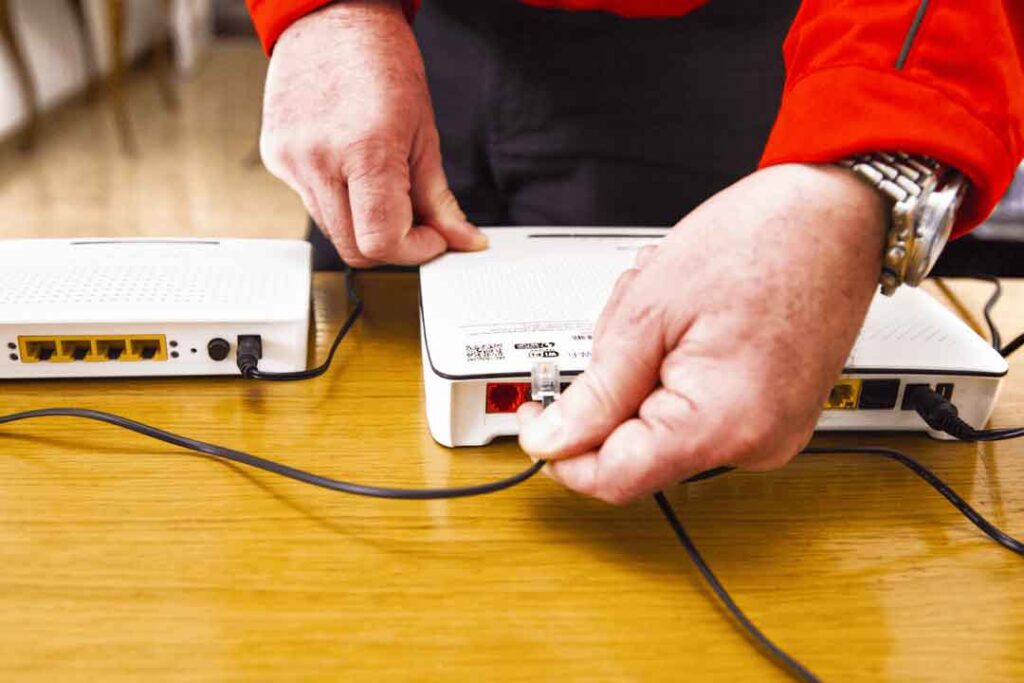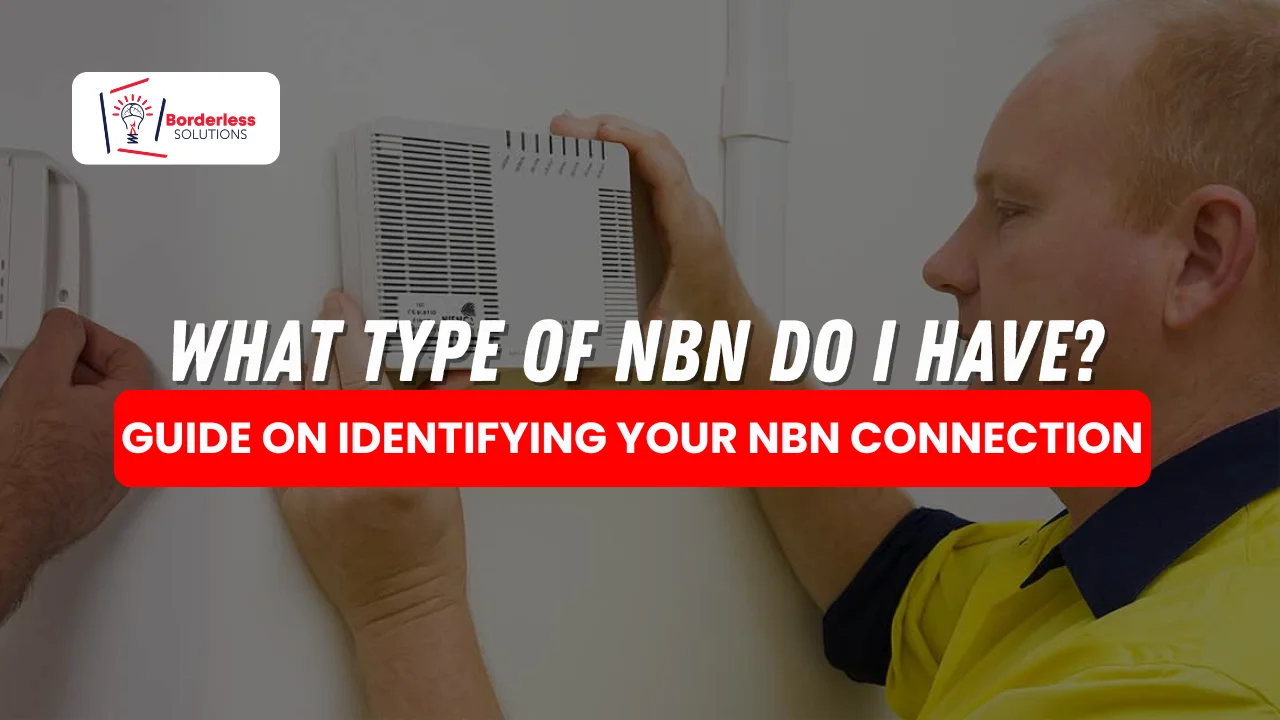Most Aussies only think about their NBN when a video freezes or when the bill feels too high for what they get. The truth is, the NBN tech linked to your home controls everything. It affects your download speed, keeps your signal steady, and determines the plans you can select. Feeling frustrated with slow browsing? Or are you curious about faster options? The first smart step is to check your exact connection.
In this guide, I’ll show you easy ways to check what you have. I’ll explain each NBN type, listing the real pros and cons. You’ll get the info you need to choose what works best for your setup.
Figuring Out Your NBN Connection Type

It’s actually pretty straightforward to work out what flavour of NBN is running to your place. You’ve got a couple of very-easy options to get the answer in minutes.
Start with the official NBN address checker online. It’s the fastest way. Just head to the NBN rollout map, type in your full address, and hit search. A little box pops up telling you straight away whether it’s FTTP, FTTN, HFC, or whatever else is hooked up to your street.
If the service is already connected, have a quick squiz at the gear around your house. For FTTP, a thin fibre cable runs into the property and connects to a white box on the wall inside. This box is usually labelled the NBN connection box. FTTN setups often reuse an old phone wall socket and come with a VDSL2 modem sitting nearby.
With HFC, look for a thicker coaxial cable feeding into an NBN termination device (the NTD) that then plugs into your router. And for FTTC, there’s usually a small grey box out near the footpath where the fibre stops, with a short copper line running from there to your house.
The Different Kinds of NBN

Not every Aussie home gets the same NBN service. There are a few main types, each with its own pros and cons. Here’s a quick rundown of the four you’re most likely to run into, so you can tell which one’s yours.
Fibre to the Premises (FTTP)
If you’ve got FTTP, you’ve hit the jackpot. It’s fibre optic cable laid all the way from the street right into your living room. That translates to screaming-fast internet that hardly ever lets you down. Look for a skinny black cable coming in from the pole or underground. Inside, you’ll see the plain white NBN box fixed to the wall. Speeds can hit 2000 Mbps no worries, and it’ll keep up with whatever new gadgets come along.
Ideal if your house is busy with people binge-watching, working from home, or downloading large files. The only gripe is it’s still missing from heaps of neighbourhoods stuck on the older gear.
Fibre to the Node FTTN
FTTN saves money by cutting corners. Fibre ends at a box down the road, and then your old copper phone line takes over to reach your house. It’s definitely not as zippy as FTTP. You’ll see a VDSL2 modem on a shelf. If you go outside, there’s often a green cabinet on a pole or by the footpath. It’s available in many suburbs and is affordable to install.
But, you can expect speeds of around 100 Mbps, and often less if you’re far from the node. Copper can be tricky. Rain or wear can turn a nice evening stream into a pixelated mess.
Fibre to the Curb (FTTC)
FTTC is basically FTTN done better. The fibre pushes much closer right to a little box on the kerb leaving only a metre or two of copper to your wall. Hunt for a small grey pit lid out front and a connection gadget fixed to the outside of the house. With little copper left in the chain, you avoid most flaky signal issues.
This helps you maintain steady speeds up to 100 Mbps. It’s not everywhere yet, so if this is what you’ve got, give yourself a pat on the back.
Hybrid Fibre Coaxial (HFC)
HFC uses the old Foxtel-style coaxial cable in your walls. It connects this with fibre lines in the street. You’ll find a beefy NBN box (the NTD) mounted inside or outside. A thick coax cable connects directly to your modem. It zooms at 2000 Mbps, which is perfect for the whole family.
Kids can game, parents can use Zoom, and you can stream TV in 4K all at the same time! Every now and then an ageing cable might throw a wobbly, but honestly, most folks barely notice.
Still Not Sure About Your NBN Type?
No dramas here are a few very easy ways to nail it down fast.
- Pop your address into the official NBN rollout checker online. It takes two seconds and tells you exactly what tech is meant to be at your place.
- Take a quick look at the gear you’ve already got hooked up. FTTP usually means a white connection box on the wall, FTTN comes with a VDSL2 modem, and HFC has that thicker cable going into an NBN box.
- Or just ring your internet provider. They’ve got your details on file and can confirm it over the phone in a minute.
Which NBN Setup Actually Suits You?
It all comes down to where you live, how much you hammer the internet, and what speeds you really need. Here’s the short version of how they stack up.
- FTTP is the clear winner if you want blazing speeds and zero headaches, great for anyone who streams heaps, works from home, or just wants something that’ll last years.
- HFC is a solid pick in most city or suburban spots, giving you plenty of grunt for the price.
- FTTN and FTTC keep the bills lower, but don’t expect miracles; your speed drops the further you are from the street gear.
- Fixed Wireless works a treat out in regional areas where cables don’t reach; you still get usable internet without the drama.
- Sky Muster satellite is the backup plan for proper remote places, but you’ll be stuck with slower speeds and strict data caps.
Conclusion
Now that you know how to identify your NBN connection type, you can make informed decisions about upgrading your plan or troubleshooting speed issues. If you’re still unsure about your NBN technology, use the NBN address checker, and reach out to your service provider for assistance.
At Borderless Solutions, we offer expert NBN relocation services for your home or office. From moving NBN points and improving signal strength to repositioning modems and handling HFC/FTTC connections, we ensure seamless integration. Whether you’re renovating or optimizing your setup, our technicians are here to help.
Contact us today to schedule your NBN relocation service!

